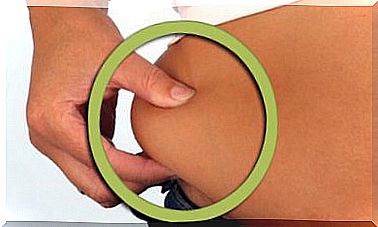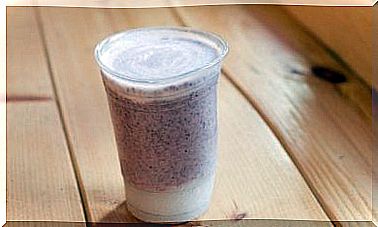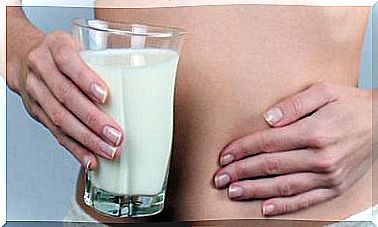Five Causes Of Pigment Spots On The Face
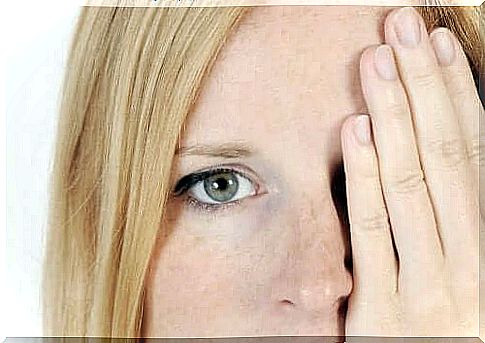
Pigment spots on the face are due to an overproduction of melanin, a chemical component that is responsible for the color of our skin. However, when the body produces a lot of this substance, what is left over tends to concentrate in certain areas of the body.
In addition, this hyperpigmentation can also be a result of exposure to strong sun or a hormonal imbalance, among other factors.
While irregular pigments are usually associated with aging, dark spots on the face can also develop towards the end of adolescence. This applies to all skin types.
In general, skin and pigment disorders are very common. They also do not have serious consequences, apart from the aesthetic disadvantages, so there is no need to worry so much about them. In this article, we are going to look at some possible habits that can lead to pigment spots on the face.
Five things that can cause pigment spots on the face
Now let’s look at some of the things that can cause dark spots on the face. Pay attention and remember them if you are trying to keep pigment spots under control.
Hormones
Hormonal changes are the most common cause of pigment spots on the face. In addition, birth control pills and other medications that alter your hormonal balance can also cause dark spots on your face when exposed to sunlight.
In addition, hormonal activity can reveal melasma, a form of irregular pigmentation that affects a certain number of pregnant women.
2. Sun exposure

One of the other things that can increase the chances of the appearance of dark spots on the skin is uneven exposure to sunlight. This can cause irregular production of melanin. After all, excessive sun exposure plays a critical role in the formation of all types of skin blemishes.
Daily application of sunscreen or day cream with high sun protection is strongly recommended. Especially if you live in a sunny climate. You should also apply a moisturizer with a medium protection factor every morning, even during the slightly less sunny winter days.
3. Acne
Acne scars are pigmented dark spots or marks that appear after the pimples have gone away. The technical name for this is post-inflammatory hyperpigmentation. Most often, these scars will look tan or dark brown in color.
Without treatment, these spots or marks on the face can take several months to disappear. Fortunately, however, there is more than one treatment option to get rid of them. These treatments include prescription medications, medical procedures and certain natural remedies.
4. A deficient diet and pigment spots on the face
Diet is so incredibly important to virtually all aspects of life. We are what we eat, after all. Furthermore, you should know that a poor diet, combined with a deficiency of nutrients, will lead to the appearance of pigment spots on the face.
Watch what you put into your body. Some studies believe that a person can reduce or prevent the onset of acne by consuming more omega-3 fatty acids, fewer dairy products and fewer foods with a high glycemic index.
In addition, if your current diet contains a lot of processed junk food, you can also start making small changes that include natural, unprocessed foods of all kinds. You will notice the difference in your face, and the rest of your body for that matter, in a very short time.
5. Artificial light
Did you know that artificial light can also cause the appearance of pigment spots on the face? However, it is worth mentioning that the risk is far lower with artificial light than sunlight.
A study published in the Journal of Investigative Dermatology indicates that harmful radiation from TV screens, computer screens and fluorescents can cause dark spots on your skin if you are exposed to this type of radiation regularly and over a long period of time.
Artificial lighting also stimulates pigment production in the same way as UV sunlight. To deal with this factor, you can try to reduce the time you are exposed to such light, or at least make sure that you take frequent breaks from various screens .
Treatments to reduce pigment spots on the face
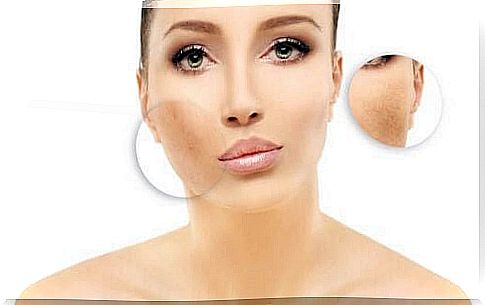
Most pigment spots that can occur on the face pose no health risk. Although some people think they are cute and give a charming look, for others who want a clear and flawless skin, they can be an aesthetic problem.
So, if you want to reduce pigment spots on your face, there are effective natural ingredients you can try. They can be used both as preventive measures or curative topical measures at night. These include:
- White clay
- Lemon and lime
- Essential celery oil
- Aloe vera
- Oats
- Parsley
- Onion
- Argan oil
Note: Avoid exposure to the sun after applying the above ingredients to your skin. This can actually make the situation worse.
In addition, you can also use some creams that reduce the formation of melanin and uneven pigmentation. Keep in mind, however, that these products should not be used for extended periods.
You may also find it interesting to know that there are laser treatments that can reduce pigment spots. However, there are many cases where these procedures can lead to adverse side effects that will aggravate your skin instead of helping it.
Finally, if you experience the formation of pigment spots on your face, you may want to contact a dermatologist as soon as possible so that they can do the necessary and relevant tests to rule out skin cancer. Understanding the causes of the problem, as well as initiating a diagnosis and specific treatments, is important to reduce or get rid of the pigment spots on your face.

